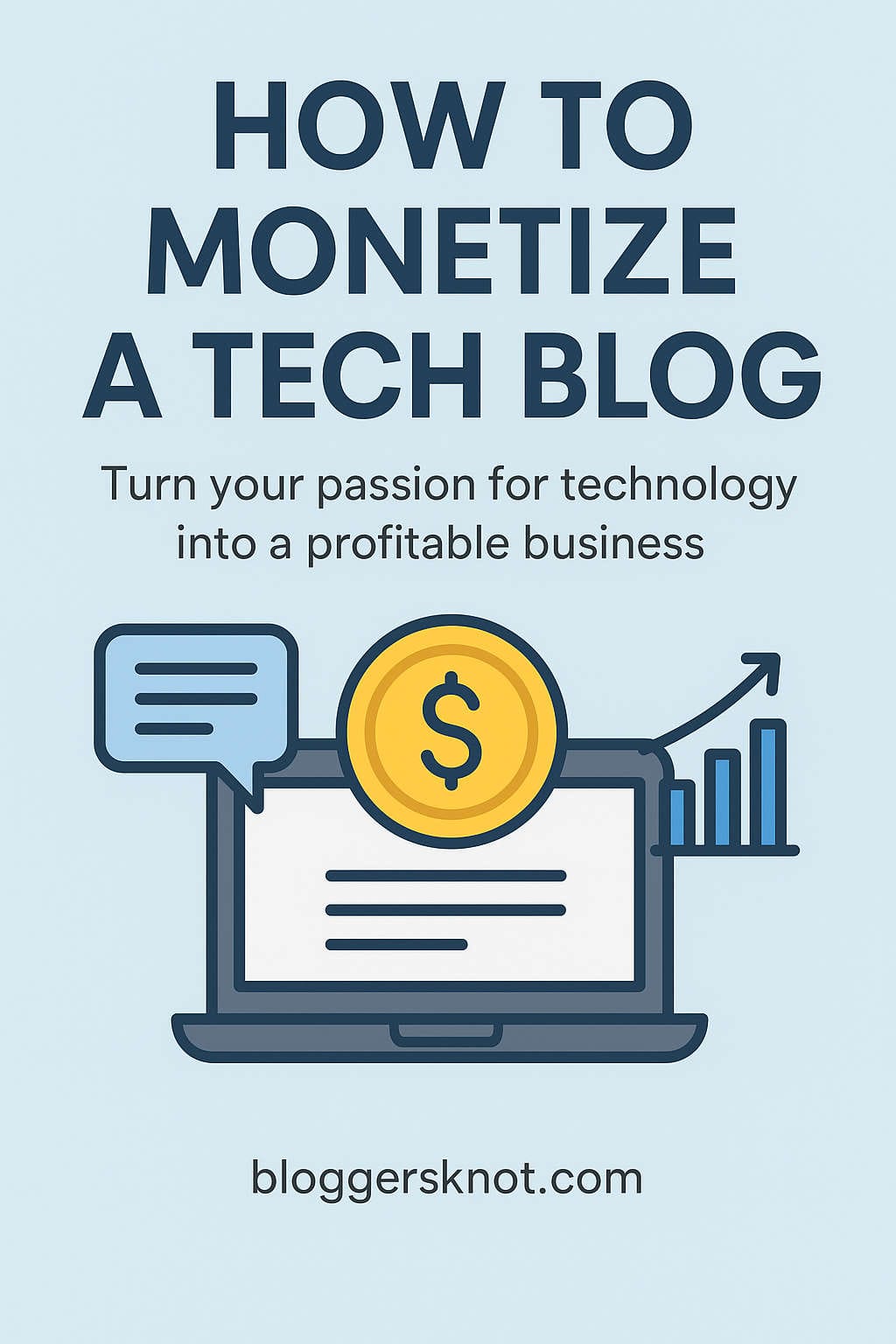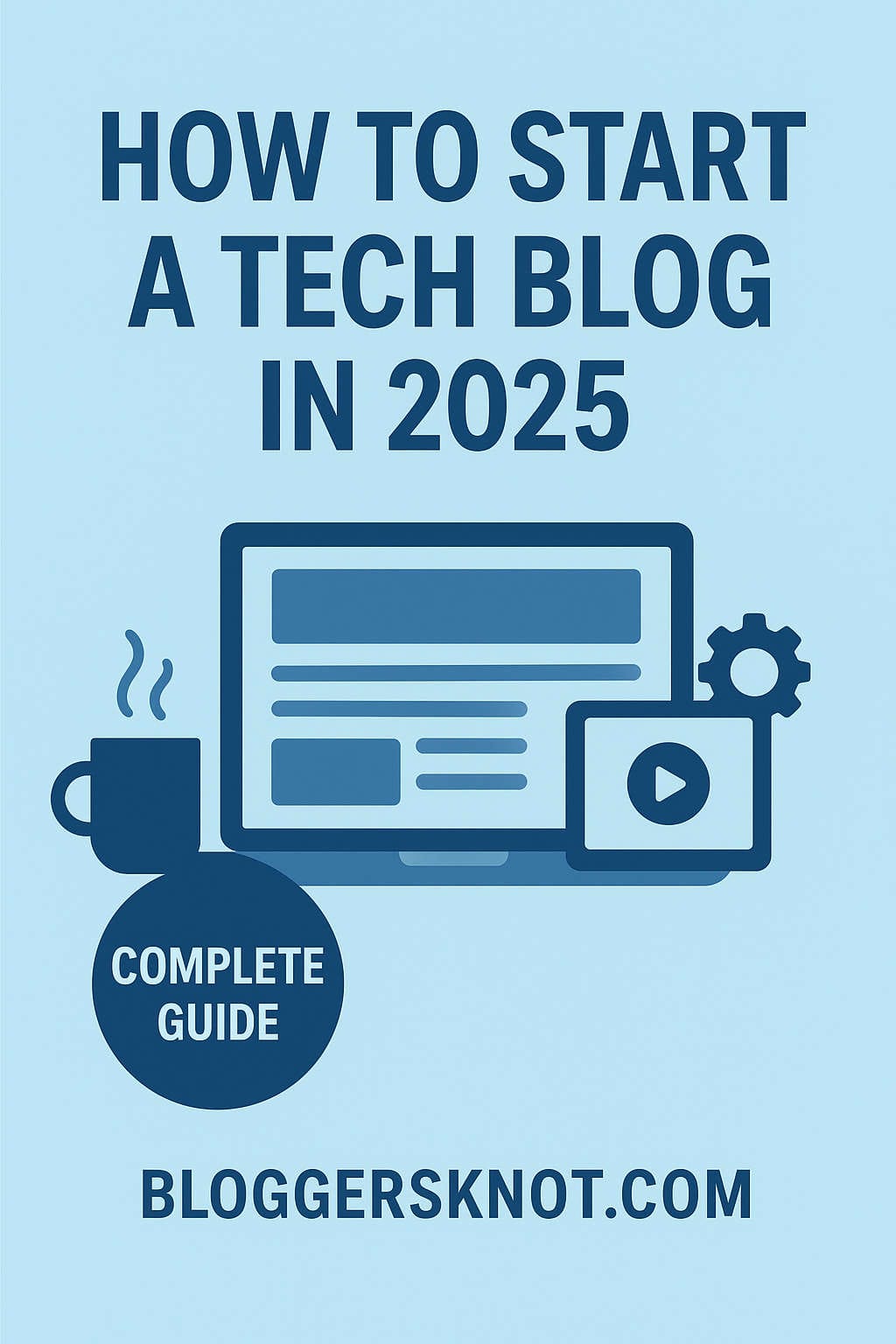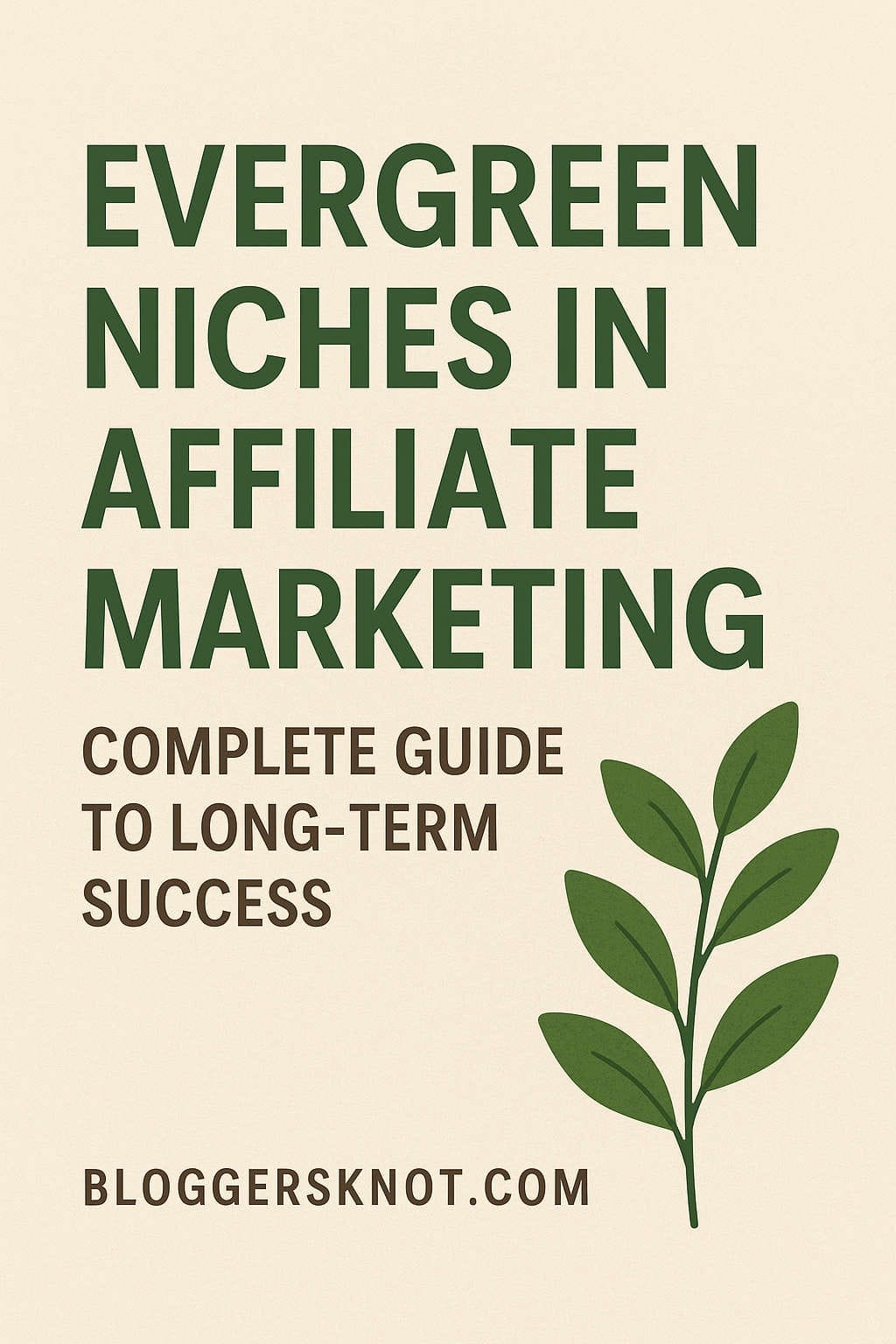Technology is everywhere. From smartphones and apps to cloud computing and artificial intelligence, tech shapes how we live, work, and connect. For those who love writing about gadgets, coding, or industry trends, starting a tech blog often feels like a natural step. But once the excitement of publishing your first articles settles, the big question arises: how do you actually monetize a tech blog and turn your passion into a source of income?
The good news is that a tech blog can be more than just a hobby—it can evolve into a profitable business if you approach it with the right strategy. The path from writing posts for fun to earning consistent revenue isn’t instant, but with focus, patience, and the right techniques, it is absolutely achievable.
This complete guide will walk you through the entire process of monetizing a tech blog. We’ll talk about building an audience, creating trust, exploring revenue streams like ads and affiliates, and moving into advanced monetization such as digital products, memberships, and consulting. By the end, you’ll have a clear roadmap for turning your blog into not just a website, but a business that supports your goals.
Why Tech Blogs Are Perfect for Monetization
Not every blogging niche has the same revenue potential. Tech is uniquely positioned for monetization because of two powerful factors: audience intent and brand competition.
People search for tech content with clear, actionable intent. They’re not just casually browsing—they’re often trying to solve a problem, choose between products, or learn a skill. Someone reading your tutorial on setting up a home server or comparing laptops is far more likely to make a purchase decision than someone browsing general lifestyle tips.
On the other side of the equation, tech companies—from startups to global giants—are constantly competing for visibility. They want to reach exactly the kind of readers your blog attracts. That means advertising rates in tech are often higher than other niches, and partnerships with brands can be lucrative.
Put simply, technology blogging sits at the sweet spot of demand and supply: readers actively seek solutions, and brands actively seek customers. If you can connect the two in an authentic, trustworthy way, monetization becomes not just possible but natural.
Step One: Build a Strong Foundation Before Monetizing
Monetization only works if you have an audience that values your content. Too many bloggers try to add ads or affiliate links before their site gains traction. This usually backfires—cluttered pages drive away early readers, and without traffic, revenue remains negligible.
Instead, focus first on building authority and trust. That starts with content. In tech, readers expect accuracy, depth, and clarity. Whether you’re explaining a coding concept, reviewing a piece of hardware, or analyzing industry news, your writing should deliver value that makes readers glad they landed on your site.
Think of your blog as a library. Each new post adds a book to the shelves. Over time, that library becomes a go-to resource. Evergreen posts—like tutorials or fundamental explanations—bring in long-term traffic, while timely posts—such as gadget reviews or commentary on tech events—keep your site current and relevant.
The second part of building your foundation is branding. Readers are more likely to return if they recognize your voice, tone, and perspective. Do you explain things simply for beginners? Do you go deep into developer-level detail? Do you write with humor, or keep it professional? Whatever your style, consistency builds identity, and identity builds loyalty.
SEO: The Backbone of Traffic Growth
No matter how well you write, monetization depends on visibility. Search engine optimization (SEO) is what helps readers actually find your work.
Start with keyword research. Tools like Google Keyword Planner, Ahrefs, or Ubersuggest can reveal what people are searching for. But go beyond raw numbers—look at search intent. If someone types “best laptop under $1000,” they want a buying guide. If they type “install Python on Mac,” they want step-by-step instructions. Matching your content to intent is the heart of SEO.
Technical SEO matters too. A blog that loads quickly, works seamlessly on mobile devices, and has clean site architecture is favored by both readers and search engines. Internal linking (pointing readers from one post to another on your site) also improves both SEO and engagement.
SEO is not a one-time task. It’s an ongoing practice that compounds over time. A single well-optimized article can bring steady traffic for years, fueling every monetization strategy you choose.
Monetization Strategies for a Tech Blog
Once your foundation is solid—consistent content, loyal readers, and growing traffic—you can begin layering in monetization strategies. There is no one-size-fits-all method. The best approach usually combines multiple income streams. Let’s explore them in depth.
Advertising: The Classic First Step
Advertising is often the first income source bloggers try. Networks like Google AdSense, Ezoic, or Mediavine make it simple: you add a snippet of code, ads appear on your pages, and you earn money from impressions or clicks.
In tech blogging, ad rates are relatively high compared to niches like food or travel because readers are closer to purchasing decisions. For example, a blog post comparing different VPN services or cloud storage providers might attract ads from companies willing to pay premium rates for exposure.
The drawback is that advertising depends heavily on traffic volume. A site with only a few hundred visitors a month won’t see much revenue. Ads can also clutter your site if overused. For this reason, most tech bloggers treat ads as a supplementary income stream rather than their main focus.
Affiliate Marketing: Recommending the Right Tools
Affiliate marketing is where many tech bloggers find real financial success. Instead of earning pennies from ad impressions, you earn commissions by recommending products or services.
Here’s how it works: you join an affiliate program—Amazon Associates, Best Buy Affiliates, software-specific programs, or specialized networks like Impact and CJ Affiliate. You then include trackable links in your content. When readers click those links and make purchases, you earn a commission.
The key to affiliate success is relevance and trust. If your blog reviews coding IDEs, recommending one with an affiliate link feels natural. If you’re writing about web hosting, suggesting your preferred provider makes sense. What doesn’t work is scattering random affiliate links without context. Readers can spot insincerity, and nothing erodes trust faster than recommending products you don’t genuinely believe in.
Affiliate marketing is especially powerful in tech because readers often arrive at your blog already in buying mode. They just need clarity or confirmation before making a purchase. If your content provides that clarity, conversions follow naturally.
Sponsored Content and Partnerships
Once your blog has authority and a steady readership, brands may approach you for collaborations. Sponsored posts, reviews, tutorials, or even video demonstrations can become a major income stream.
Unlike affiliate marketing, where you only earn if readers buy, sponsored content usually involves an upfront payment. Companies are essentially paying for access to your audience.
Transparency is crucial here. Readers should always know if content is sponsored. Clear disclosure not only complies with regulations but also preserves trust. Done right, sponsored content doesn’t have to feel forced—it can deliver genuine value. For instance, a deep dive into a new software tool can be both informative for readers and promotional for the company.
Partnerships can also expand beyond written posts. Think webinars, live Q&A sessions, co-branded resources, or even appearances at events. The bigger your influence, the more doors open.
Selling Digital Products
Digital products put you in full control of your monetization. Instead of relying on external companies, you create something of your own that readers pay for directly.
E-books, online courses, templates, or premium reports are all great options. For example, if you frequently write about programming, you could package your tutorials into a beginner-friendly e-book or launch a structured online course. If your blog covers gadgets, you could create annual comparison guides or curated buyer’s guides.
The beauty of digital products is scalability. You build once, and it can sell indefinitely. They also reinforce your authority—if readers are willing to pay for your knowledge, it proves the value of your expertise.
Consulting and Freelancing
A blog can act as a living portfolio, showcasing not only your writing but your expertise. This naturally attracts consulting and freelance opportunities.
For instance, a blog focused on cybersecurity might lead to consulting gigs with small businesses looking to strengthen their defenses. A blog on app development could bring freelance coding projects. Even technical writing gigs often emerge when companies notice your clear, helpful tutorials.
Consulting typically pays more per project than advertising or affiliates, though it requires active involvement. For bloggers who enjoy direct interaction with clients, it’s a rewarding way to monetize expertise while building a reputation.
Memberships and Community
Once you have a loyal following, offering memberships can create a sustainable revenue model. Memberships give paying readers access to premium content, private forums, or live interactions with you.
For tech audiences, community is especially valuable. Developers want to share tips, gadget enthusiasts love comparing experiences, and learners appreciate asking questions in a safe space. By creating a members-only hub, you transform your blog from a one-way platform into a vibrant community.
Platforms like Patreon, Substack, or custom WordPress membership plugins make setup easy. The recurring nature of membership income creates stability, which is rare in other monetization models.
Balancing Monetization with Reader Trust
The temptation when monetization opportunities grow is to overdo it—too many ads, excessive affiliate links, or endless sponsored posts. But short-term gains can destroy long-term trust.
The most successful tech bloggers understand that their audience is their biggest asset. Every monetization decision should be filtered through a single question: does this serve my readers?
If your readers feel exploited, they’ll leave. If they feel respected and consistently helped, they’ll stay, share your work, and even support you financially. Transparency—such as clear disclosures on affiliate links and sponsorships—further strengthens this trust.
The Long Game: Patience and Persistence
It’s easy to get discouraged in the early stages. You might publish dozens of articles with little traffic or income. But tech blogging success rarely happens overnight—it’s the result of consistent effort that compounds over time.
Think of each blog post as a seed. Some grow quickly, bringing in traffic within weeks. Others take months to gain traction. Over time, as your “garden” of content expands, your blog begins to flourish.
The bloggers who succeed are those who stick with it, continually learn from analytics, adapt their strategies, and keep serving their readers. Monetization isn’t a quick hack—it’s the reward for patience and persistence.
Final Thoughts: From Hobby Blog to Tech Business
Monetizing a tech blog is not a one-time milestone—it’s an evolving journey. You start by creating valuable content, then build trust and traffic. From there, you experiment with advertising, affiliates, sponsorships, products, consulting, and memberships until you find the mix that fits your voice and audience.
The key is alignment. Every revenue stream should align with your mission of helping readers navigate technology. When you focus on solving problems, simplifying complexity, and sharing honest insights, monetization becomes a natural byproduct.
At its best, a monetized tech blog does more than generate income. It becomes a platform of influence, a community hub, and a bridge between your passion for technology and financial independence. Whether you’re aiming for a side hustle or a full-fledged business, the journey is worth it—and it starts with that very first post.






